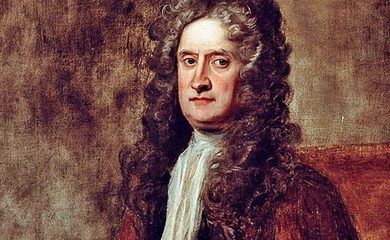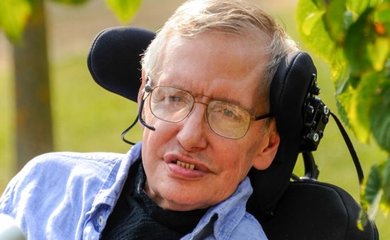Isaac Newton, born on January 4, 1643, in Woolsthorpe, Lincolnshire, England, stands as a towering figure in the history of science. His contributions to physics, mathematics, and astronomy laid the groundwork for the scientific revolution and shaped our understanding of the natural world. In this blog post, we delve into the life, discoveries, and enduring legacy of Sir Isaac Newton.
Early Life and Education:
Newton’s early life was marked by academic brilliance and a fascination with the natural world. After attending Cambridge University, he immersed himself in the study of mathematics, optics, and physics. His years of solitary contemplation during the plague of 1665-1666, often referred to as his “annus mirabilis” or miraculous year, set the stage for groundbreaking discoveries.
Laws of Motion and Universal Gravitation:
Newton’s most famous work, “Philosophiæ Naturalis Principia Mathematica” (Mathematical Principles of Natural Philosophy), published in 1687, presented his three laws of motion and the law of universal gravitation. These laws formed the cornerstone of classical mechanics, explaining the motion of celestial bodies and objects on Earth with unprecedented accuracy. Newton’s insight into the gravitational force that governs the motion of planets revolutionized our understanding of the cosmos.
Optics and the Spectrum of Light:
In addition to his work on mechanics, Newton made significant contributions to optics. His experiments with prisms demonstrated that white light could be broken down into a spectrum of colors. He also formulated the corpuscular theory of light, positing that light consists of particles. While later developments favored the wave theory of light, Newton’s experiments laid the groundwork for our understanding of the nature of light.
Mathematics and Calculus:
Newton’s mathematical prowess extended to the development of calculus, a branch of mathematics that deals with rates of change and the accumulation of quantities. Although his work on calculus was contemporaneous with that of Gottfried Wilhelm Leibniz, the dispute over priority between the two scholars persisted for years.
Later Life and Legacy:
In 1696, Newton took on public service as Warden and later as Master of the Royal Mint, overseeing efforts to combat counterfeiting. He was knighted in 1705 and became the President of the Royal Society in 1703. Newton’s influence extended beyond his scientific achievements, encompassing his contributions to governance and scholarship.
Isaac Newton passed away on March 31, 1727, leaving behind a legacy that forever changed the landscape of science. His laws of motion and universal gravitation form the basis of classical mechanics, providing a framework for understanding the physical world. Newton’s impact is evident in every facet of physics, from astronomy to engineering, and his work continues to inspire generations of scientists.
Conclusion:
Isaac Newton’s life exemplifies the power of intellectual curiosity and the pursuit of knowledge. His groundbreaking theories and mathematical innovations not only transformed the scientific landscape of his time but also paved the way for centuries of scientific progress. As we marvel at the elegance and precision of Newtonian physics, we are reminded that the legacy of this brilliant mind endures, shaping our understanding of the universe and inspiring future generations of scientists.




